Gender can be defined as the biological difference between the two sexes. It mostly includes masculinity and femininity.
What Is Gender?
Gender refers to the traits, roles, norms, identities, behaviors, relationships, and expressions of men, women and gender-diverse individuals assigned by society. According to a 2013 study [mfn] Short, S. E., Yang, Y. C., & Jenkins, T. M. (2013). Sex, gender, genetics, and health. American journal of public health, 103 Suppl 1(Suppl 1), S93–S101. https://doi.org/10.2105/AJPH.2013.301229 [/mfn] , it “emphasizes the socially constructed differences between men and women that give rise to masculinity and femininity.” These socially constructed roles may be different and unique depending on the culture and society.
It influences how men, women, and other genders should behave and conduct themselves and is also associated with romantic and sexual relationships. Contrary to popular beliefs, unlike sex differences, this social construct is not based on genetics and biology. Such roles are assigned and developed based on different environmental factors such as family, education, community, and media. It can determine how different people see, identify, interact and react to themselves and others. It can also impact the allocation of resources and power in a society.
However, it should be noted that gender is separate from the sex [mfn] De Loof A. (2018). Only two sex forms but multiple gender variants: How to explain?. Communicative & integrative biology, 11(1), e1427399. https://doi.org/10.1080/19420889.2018.1427399 [/mfn] of a person, even though both terms may be related and often used synonymously by most people. Typically, the term sex refers to the biological and genetic differences between females and males. Gender, on the other hand, usually refers to the roles and behaviors of a sex, whether male, female or any other, in the society. When it is associated with a person’s self-identification and inner experience, then it is known as gender identity.
This identity may not be limited to femininity and masculinity, as it can be binary or non-binary and along a spectrum. “Gender refers more widely to an individual’s self‐perception and representation as male, female or non‐binary and their place in society,” explains a 2019 study [mfn] Dotto G. P. (2019). Gender and sex-time to bridge the gap. EMBO molecular medicine, 11(5), e10668. https://doi.org/10.15252/emmm.201910668 [/mfn] . A person can express their gender in various ways and roles that they may seem fit for themselves. However, in some societies, this construct may be more strict and rigid.
Understanding Gender And Gender Identity
Usually, gender is the difference between masculinity and femininity. Gender identity can be defined as an individual’s personal sense of identity. It can be identified with how an individual expresses themselves externally. These can be expressed through clothing, appearances, and behaviors to express the sex they identify with. It can be defined as a person’s basic sense of being male, female, or of indeterminate sex, says a 2015 study [mfn] Moleiro, C., & Pinto, N. (2015). Sexual orientation and gender identity: review of concepts, controversies and their relation to psychopathology classification systems. Frontiers in psychology, 6, 1511. https://doi.org/10.3389/fpsyg.2015.01511 [/mfn] . An individual’s sex is usually based on certain biological factors such as reproductive organs, genes, and hormones.
Gender Identity And Role
A 1994 study [mfn] Money J. (1994). The concept of gender identity disorder in childhood and adolescence after 39 years. Journal of sex & marital therapy, 20(3), 163–177. https://doi.org/10.1080/00926239408403428 [/mfn] pointed out that the expression of sex identity was first coined in the 1960s that described one’s persistent inner sense of belonging to either the male or female category. This concept further evolved over time to include all those people who didn’t identify with the male or female category. It can be defined as the personal identification with a specific gender and their role in society.
For instance, the term woman has been used to define the female body. Often a person’s biological sex is closely intertwined with specific social roles and expectations. An American philosopher, Judith Butler [mfn] Morgenroth, T., & Ryan, M. K. (2018). Gender Trouble in Social Psychology: How Can Butler’s Work Inform Experimental Social Psychologists’ Conceptualization of Gender?. Frontiers in psychology, 9, 1320. https://doi.org/10.3389/fpsyg.2018.01320 [/mfn] pointed out that being a woman poses more challenges than men. This is owing to the fact that most people view women as a social category or subjective identity.
Experts [mfn] Martin, C. L., & Ruble, D. N. (2010). Patterns of gender development. Annual review of psychology, 61, 353–381. https://doi.org/10.1146/annurev.psych.093008.100511 [/mfn] believe that feeling masculine or feminine was assumed to be important to children. The presence of sex typing was necessary in order to possess a secure sense of self as male or female. Researchers [mfn] Lurye, L. E., Zosuls, K. M., & Ruble, D. N. (2008). Gender identity and adjustment: understanding the impact of individual and normative differences in sex typing. New directions for child and adolescent development, (120), 31–46. https://doi.org/10.1002/cd.214 [/mfn] argued that individuals whose behavior matched sex-role prescriptions were more likely to be psychologically well adjusted.
This is because of being able to fulfill a psychological need to confirm internalized cultural norms. A 1974 study [mfn] Bem S. L. (1974). The measurement of psychological androgyny. Journal of consulting and clinical psychology, 42(2), 155–162. [/mfn] pointed out that sex-typing was viewed as not only normal but optimal. Whereas cross sex typing was viewed as deviant and potentially harmful to the individual’s well-being. Societal sex distinctions have often found people to develop gender schemas or associated mental reservations that linked certain behaviors to either men or women.
Sex And Gender Minorities
Gender minorities are a group of people who do not identify themselves with a particular sexual identity, orientation, or practices. This community includes lesbian, gay, bisexual, non-heterosexual individuals, non-binary or intersex individuals. A 2020 study [mfn] Suen, L. W., Lunn, M. R., Katuzny, K., Finn, S., Duncan, L., Sevelius, J., Flentje, A., Capriotti, M. R., Lubensky, M. E., Hunt, C., Weber, S., Bibbins-Domingo, K., & Obedin-Maliver, J. (2020). What Sexual and Gender Minority People Want Researchers to Know About Sexual Orientation and Gender Identity Questions: A Qualitative Study. Archives of sexual behavior, 49(7), 2301–2318. https://doi.org/10.1007/s10508-020-01810-y [/mfn] found that the LGBTQ (Lesbian, Gay, Bisexual, Transgender, Queer and Questioning) community makes up almost 4.5% of the US population approximately.
A 2008 study [mfn] Mayer, K. H., Bradford, J. B., Makadon, H. J., Stall, R., Goldhammer, H., & Landers, S. (2008). Sexual and gender minority health: what we know and what needs to be done. American journal of public health, 98(6), 989–995. https://doi.org/10.2105/AJPH.2007.127811 [/mfn] pointed out that sexual and gender identity is characterized by fluidity and change. Some individuals who report same-sex behavior identify as heterosexual and others consider themselves to be alternatively heterosexual, bisexual, and homosexual, and self-perception changes over time. A 2003 study [mfn] Cochran, S. D., Mays, V. M., & Sullivan, J. G. (2003). Prevalence of mental disorders, psychological distress, and mental health services use among lesbian, gay, and bisexual adults in the United States. Journal of consulting and clinical psychology, 71(1), 53–61. https://doi.org/10.1037//0022-006x.71.1.53 [/mfn] pointed out that sexual and gender minorities experience a range of health disparities and mental health issues. Social issues may lead to psychological issues such as depression, or anxiety.
Hostile environments that fail to understand trans people are found to threaten their safety and are ill-equipped to offer sensitive health and social services. Due to discrimination, trans people have fewer opportunities to pursue education and have greater odds of being unemployed.
Read More About Transgender Here
Gender Roles And Stereotypes
Gender can be defined as a preconceived set of characteristics that are associated with males or females. Gender psychology is the field of psychology wherein experts attempt to understand how gender is formed due to biological, social, neurochemical, evolutionary, and psychological influences. Although biological and sexual differentiation is the fundamental part of human reproduction, some groups of people do not identify themselves with the biological gender they were born with.
The biological approach distinguishes between a man and a woman. However, a 2012 study [mfn] Ngun, T. C., Ghahramani, N., Sánchez, F. J., Bocklandt, S., & Vilain, E. (2011). The genetics of sex differences in brain and behavior. Frontiers in neuroendocrinology, 32(2), 227–246. https://doi.org/10.1016/j.yfrne.2010.10.001 [/mfn] pointed out that a purely biological approach leaves no room for sexual expression. A 2004 study [mfn] Upadhayay, N., & Guragain, S. (2014). Comparison of cognitive functions between male and female medical students: a pilot study. Journal of clinical and diagnostic research : JCDR, 8(6), BC12–BC15. https://doi.org/10.7860/JCDR/2014/7490.4449 [/mfn] also suggested that men and women are different in cognitive functioning and there are structural and physical differences between a man and a woman’s brain. Men’s brains are larger and heavier by 10 to 15% [mfn] Luders, E., Toga, A. W., & Thompson, P. M. (2014). Why size matters: differences in brain volume account for apparent sex differences in callosal anatomy: the sexual dimorphism of the corpus callosum. NeuroImage, 84, 820–824. https://doi.org/10.1016/j.neuroimage.2013.09.040 [/mfn] than in women.
In most cultures, it is seen that children are subjected to gender socialization, which can be defined as a social role that encompasses gender-oriented behaviors and attitudes. For instance, when parents paint the baby’s room blue for a boy and pink for a girl. The generalized idea that girls like pink and boys like blue are the social assumptions that are enforced on each sex. The social role of a particular sex generally dictates stereotypes, especially in division of labor and hierarchy.
Gender stereotypes can be found almost everywhere. For instance when boys are not allowed to wear feminine clothes or not allowed to cry. When such stereotypes are applied in social settings, they may often lead to sexism. Gender socialization is also found to dictate that women must be homemakers while men must be earners. However, over centuries gender roles have become more flexible. These alterations only involved providing equal opportunity to females. Hence, members of the LGBTQ community experience the most social difficulty when it comes to cultural norms.
Causes Of Gender Identities
The exact causes are unknown. However, it can be caused by a combination of hormonal, biological factors, social, and environmental factors. They are as follows:
1. Hormonal and Biological Factors
Biological factors play a major role in shaping an individual’s physical development. A 1993 study [mfn] Bailey, J. M., Pillard, R. C., Neale, M. C., & Agyei, Y. (1993). Heritable factors influence sexual orientation in women. Archives of general psychiatry, 50(3), 217–223. https://doi.org/10.1001/archpsyc.1993.01820150067007 [/mfn] pointed out that heritable factors influence gender and sexual orientation. Another 2017 study [mfn] Berenbaum, S. A., & Beltz, A. M. (2016). How Early Hormones Shape Gender Development. Current opinion in behavioral sciences, 7, 53–60. https://doi.org/10.1016/j.cobeha.2015.11.011 [/mfn] pointed out that chemical compounds and hormones further contribute to the development of gender identity.
For instance, boys and girls are born with specific sexual organs. When the boy or a girl hits puberty, they may be further differentiated when secondary sexual characteristics emerge such as chest or facial hair in males and development of breasts in females. Research [mfn] Rey R, Josso N, Racine C. Sexual Differentiation. [Updated 2020 May 27]. In: Feingold KR, Anawalt B, Boyce A, et al., editors. Endotext [Internet]. South Dartmouth (MA): MDText.com, Inc.; 2000-. Available from: https://www.ncbi.nlm.nih.gov/books/NBK279001/ [/mfn] suggests that the same sex hormones that enable sexual organ differentiation in utero, later get triggered when the individual hits puberty. This also plays a major role in gender identity.
2. Social and Environmental Factors
Social and environmental influences also play a major role in the development of gender identity. A child’s upbringing has a significant impact on their sense of individuality. In addition to this, a child’s interests, preferences, behaviors, and overall personality are greatly influenced by parental figures and teachers. Some children who are taught certain traits or activities tend to internalize them in later life. For instance, a 2018 study [mfn] Luttenberger, S., Wimmer, S., & Paechter, M. (2018). Spotlight on math anxiety. Psychology research and behavior management, 11, 311–322. https://doi.org/10.2147/PRBM.S141421 [/mfn] found that girls who are told that boys are excellent at maths often report that they dislike math. They are also found to perform poorly on math assignments and tests.
How Can Someone Identify Their Gender?
Gender can be defined as one’s sense of being male, female, or any others that may be opposed to their physical appearance and characteristics. Some people tend to express their gender in different ways. Gender identification can also occur when an individual feels more connected to the opposite sex than what they were assigned at birth. Although sex is a type used to define male or female, gender is more complex. Gender is the social and legal status of an individual. It often has a set social expectation from the society in terms of behaviors, characteristics, and thoughts. All cultures have a set of standards regarding how a male or female should behave. However, some people may not understand or connect to these set social standards.
Understanding one’s identity as a male, female or others is more about how an individual feels about themselves and how they express themselves through their clothing, appearance, and behavior. A 2019 study [mfn] Roselli C. E. (2018). Neurobiology of gender identity and sexual orientation. Journal of neuroendocrinology, 30(7), e12562. https://doi.org/10.1111/jne.12562 [/mfn] pointed out that sexual identity and sexual orientation are independent components of a person’s sexual identity.
Gender Identity Disorder
Gender identity disorder is a condition [mfn] Byne, W., Karasic, D. H., Coleman, E., Eyler, A. E., Kidd, J. D., Meyer-Bahlburg, H., Pleak, R. R., & Pula, J. (2018). Gender Dysphoria in Adults: An Overview and Primer for Psychiatrists. Transgender health, 3(1), 57–70. https://doi.org/10.1089/trgh.2017.0053 [/mfn] characterized by distress caused due to a mismatch between a person’s gender identity and sex assigned at birth. It is also known as gender dysphoria. The exact causes of this condition are unknown. However, it may be due to a combination of genetic, biological, environmental, and cultural factors. Some of the signs of this condition can include:
- A prominent difference between gender identity and primary sexual organs/secondary sex characteristics such as chest and facial hair in male and breast development in female
- Excessive desire to get rid of the primary sexual organs/secondary sex characteristics
- Excessive desire for primary sexual organs/secondary sex characteristics of the other gender
- Significant distress experienced in social, occupational, or other areas of functioning
- Excessive desire to prevent the development of secondary sex characteristics
- Excessive desire to be treated as the opposite gender than the assigned gender at birth
Children or adolescents who experience this turmoil cannot correlate to their gender expression when identifying themselves within the traditional societal binary male or female roles. This can cause cultural stigmatization. It can also lead to relationship conflicts with family, peers, or friends. A 2020 study [mfn] Garg G, Elshimy G, Marwaha R. Gender Dysphoria. [Updated 2020 Nov 29]. In: StatPearls [Internet]. Treasure Island (FL): StatPearls Publishing; 2021 Jan-. Available from: https://www.ncbi.nlm.nih.gov/books/NBK532313/ [/mfn] pointed out that it can lead to rejection of society, interpersonal conflicts, symptoms of depression and anxiety, substance use disorders, negative sense of well-being, poor self-esteem, increased risk of self-harm, and suicidality. This condition can cause significant impairment in a person’s life. Feeling confused about belonging to a particular gender can interfere with the day-to-day activities of the individual. A 2017 study [mfn] Zucker K. J. (2017). Epidemiology of gender dysphoria and transgender identity. Sexual health, 14(5), 404–411. https://doi.org/10.1071/SH17067 [/mfn] found a high prevalence ranging from 0.5% to 1.3% for self-reported transgender identity in children, adolescents, and adults.
Gender Equality And Rights
Gender equality can be defined as the social, political, and economic equality of the sexes. A state wherein the resources and opportunities are equally distributed regardless of sex. These can include economic, social, and cultural participation, decision-making, education, and other relevant fields. Ensuring equality includes the right to:
- Live
- Be educated
- Own property
- Vote
- Earn equal and fair wages
- Safety
- Others
Inequality of the sexes is prevalent in almost all spheres. Discriminatory practices often play an enormous role in producing gaps between the sexes. Violence against women, harmful traditional practices such as female genital mutilation, female infanticide, sexual abuse in the workplace, marital rape, forced pregnancy are some of the different forms of discrimination. Although the world is making immense progress in achieving gender parity in terms of education, studies [mfn] Vlassoff C. (2007). Gender differences in determinants and consequences of health and illness. Journal of health, population, and nutrition, 25(1), 47–61. [/mfn] indicate that women are still much more likely to be poor and illiterate.
Such discrimination can also be observed for other genders as well. The transgender communities have often been subjected to discrimination and violence due to their appearance or the inability to be associate with their birth-assigned gender. A 2008 study [mfn] Grossman, A. H., D’Augelli, A. R., Howell, T. J., & Hubbard, S. (2005). Parent’ reactions to transgender youth’ gender nonconforming expression and identity. Journal of Gay & Lesbian Social Services, 18(1), 3-16. https://doi.org/10.1300/j041v18n01_02 [/mfn] pointed out that trans people who express their gender identity from an early age are often rejected by their families. A report also found that 350 transgender individuals were murdered in 2020. It is of utmost importance to understand and emphasize the importance of providing equal rights to transgender people in terms of education, employment, politics, social services, and others.
Hence, we need to encourage equality among all genders, i.e male, female and others. Guaranteeing equality to women and gender minorities by giving them education and equal opportunities is crucial in attaining equality among the sexes. It is not only a fundamental human right but also can help to live in harmony, reach the truest human potential, and ensure sustainable development.
Read More About Sexual Orientation Here
Being Gender Aware
The primary step towards success is being aware and creating awareness of the social, political, and economic equality of the sexes. It is important to educate the population and reduce discrimination against gender minorities. Creating awareness and taking action will ensure the development as an individual and a nation.
Gender At A Glance
- Gender can be defined as the biological difference between the two sexes.
- Gender is the difference between masculinity and femininity.
- Gender minorities are a group of people who do not identify themselves with a particular sexual identity, orientation, or practices.
- Gender psychology is the field of psychology wherein experts attempt to understand how gender is formed due to biological, social, neurochemical, evolutionary, and psychological influences.
- Gender is the social and legal status of an individual.
- Gender identity disorder is a condition characterized by distress caused due to a mismatch between a person’s gender identity and sex assigned at birth.
- Gender equality is the social, political, and economic equality of the sexes.
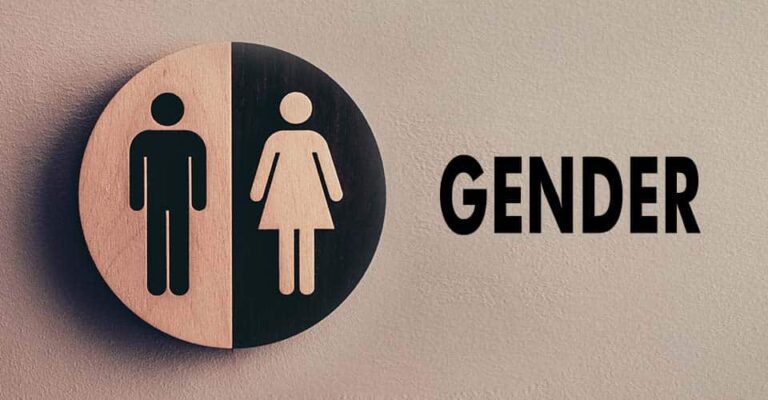

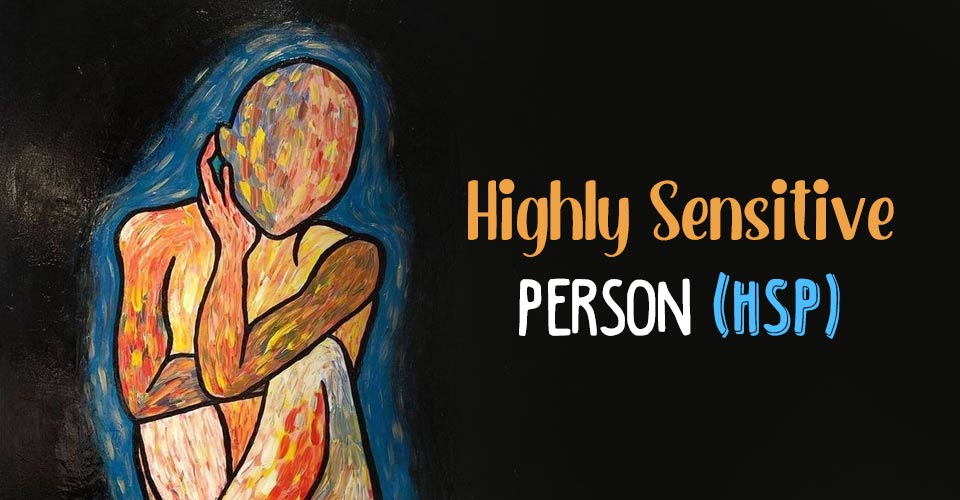


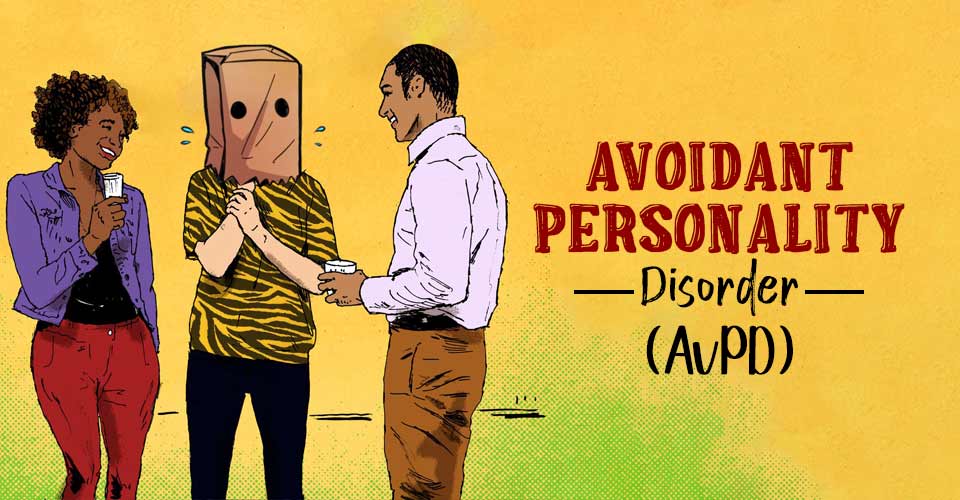

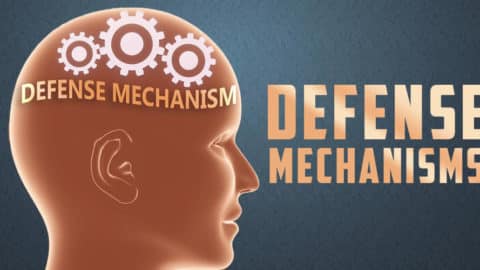
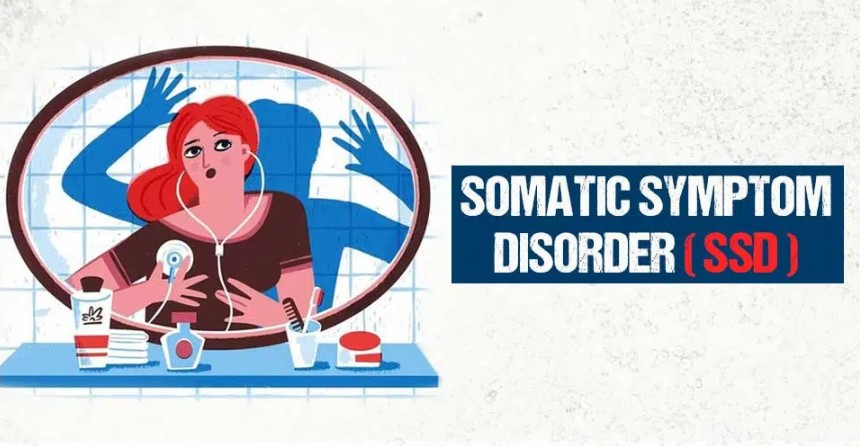

Leave a Reply